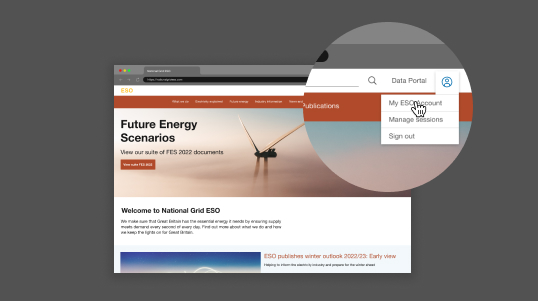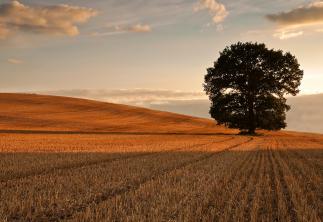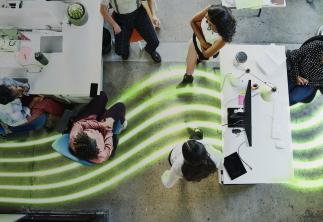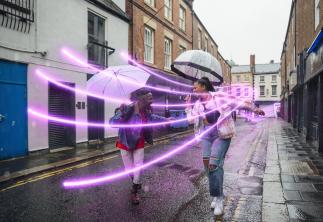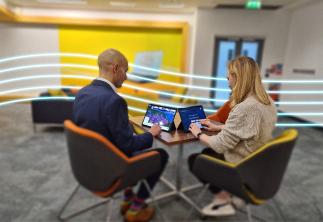The ESO is the electricity system operator for Great Britain. We move electricity round Great Britain’s system to keep homes and businesses supplied with the energy they need 24/7, 365 days a year.
Our control room moves electricity around the country second by second to ensure that the right amount of electricity is where it’s needed, when it’s needed – always keeping supply and demand in perfect balance.
We don’t generate or sell electricity – that’s down to other companies.
Our story
It’s easy to take electricity for granted, but the British electricity system is one of the most complex in the world. It certainly qualifies as one of the oldest.
Electricity first arrived in Great Britain in the 1880s when the first public street lights were switched on. In 1928 the first pylon of what would become the national grid was erected.
Nearly a century later, while much of the network that grew from that pylon still remains, it has grown massively and is now far more complex.
Today, National Grid PLC has a unique position at the heart of our energy system, connecting people to the energy they use.
In April 2019, the electricity system operator part of the business, National Grid ESO, became a legally separate business within the National Grid PLC family. This was to give you transparency in our decision-making and so you can be confident that everything we do promotes competition.
We’re regulated by Ofgem. Learn about Ofgem’s regulatory framework, how it applies to us and how it affects our business planning.
Our journey continues today as we work tirelessly to operate a safe, reliable and affordable electricity system, all whilst supporting the transition to a greener, and more efficient system for future generations.
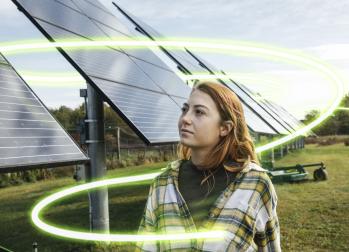
We're transforming the system
We also have to plan for the future.
We must think about things like where our energy will come from and how we will operate a greener and cleaner system in the future. We want to be able to run a zero carbon electricity system by 2025, which will be crucial in helping the UK meet its wider zero carbon target.
So, the flow of electricity is getting more complex, but at National Grid ESO we are continuously developing the system to ensure we can meet the nation’s needs. Working hand in hand with the energy industry, we’re continually finding ways to innovate, invest and adapt the electricity system to keep electricity flowing reliably to homes and businesses across Great Britain.
Our purpose
Great Britain is transitioning to a low-carbon future. Its energy system needs to do the same.
Years ago, our energy was generated by a small number of very large power stations that ran on fossil fuels. Today, there are lots of new and cleaner sources of generation from huge wind farms in Scotland to solar farms in Skegness.
It’s our job to ensure these generators can connect onto the system and that we can run our system if the market presents us with 100% mix of renewable-generated electricity. We need to do this whilst delivering safe, reliable and affordable electricity for everyone.
